Contents
Needed for this class
- camera or camera phone
- app such as Focos to simulate shallow depth of field and/or portrait mode
Focus
Depth of Field-The distance between the nearest and farthest points that appear in acceptably sharp focus in a photograph. Depth of field can be shallow or extensive. While the term includes the word depth, depth of field refers to focus.
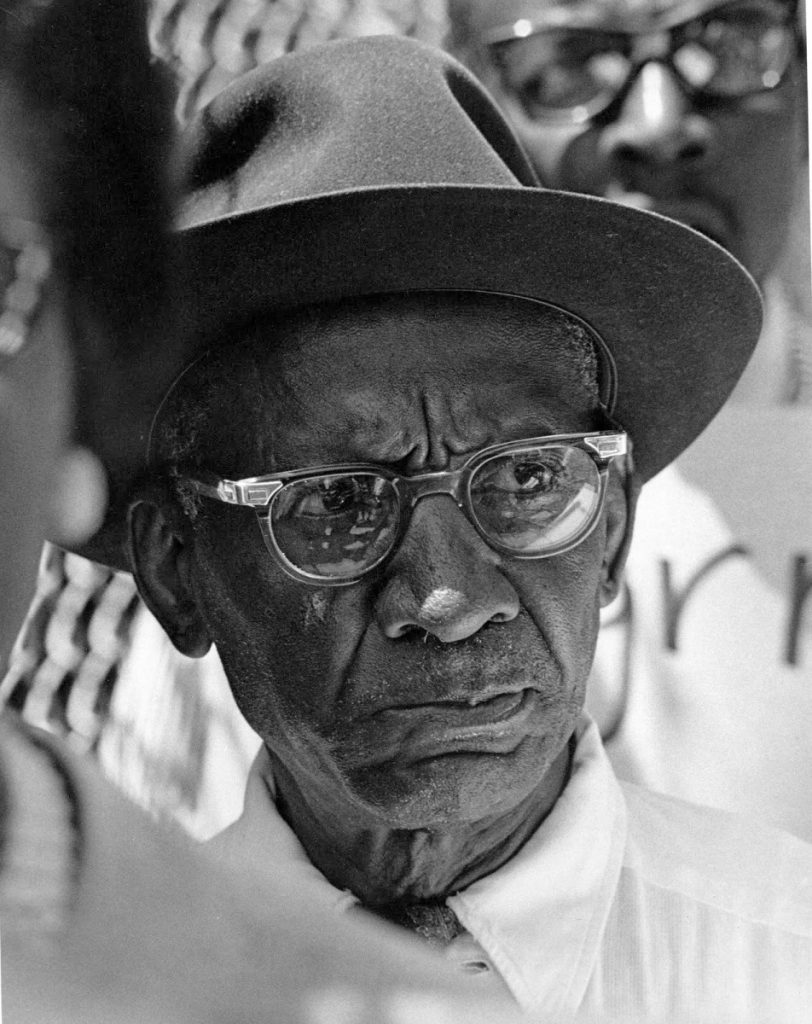
Photographer: Roy Decarava 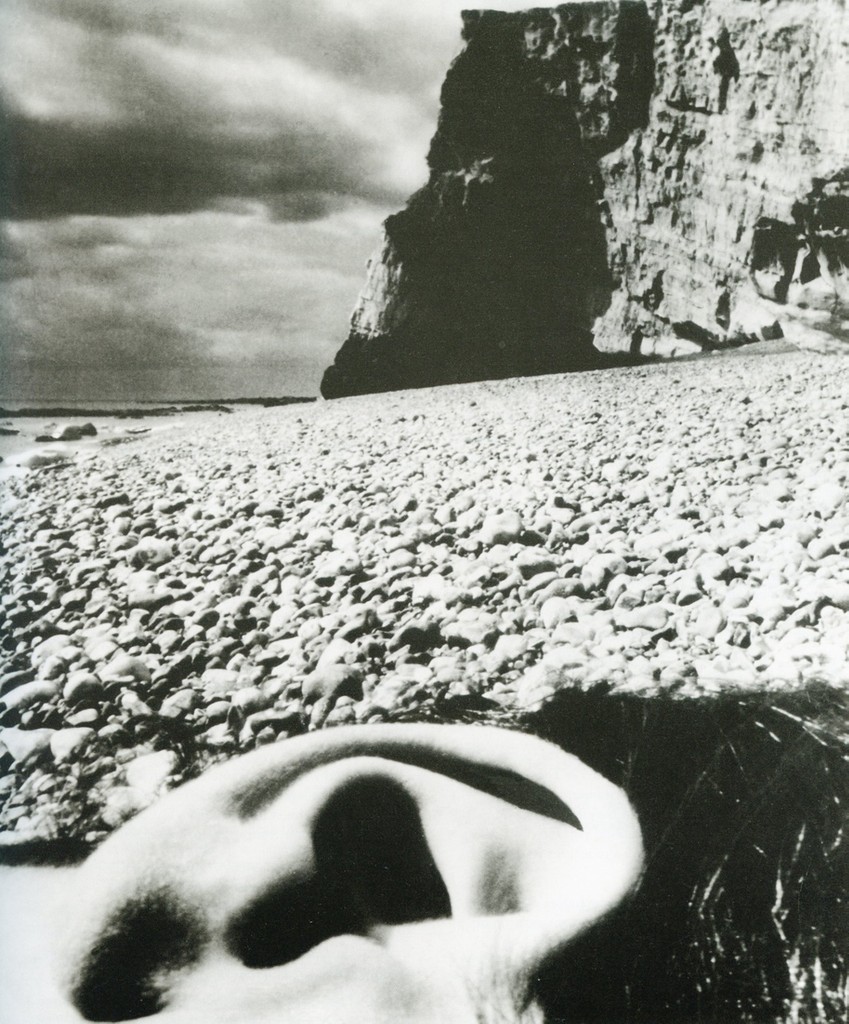
Photographer: Bill Brandt
Shallow Depth of Field
Shallow depth of field is commonly used in portrait photography to separate the subject from the background and in food photography.
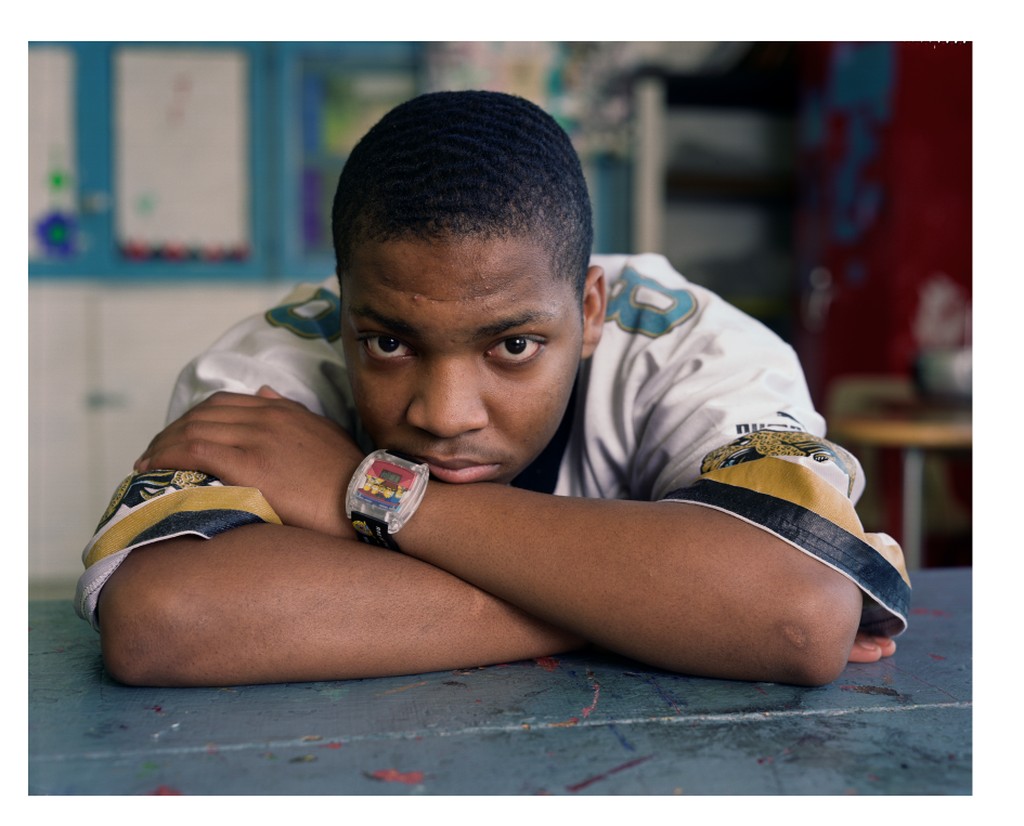
Dawoud Bey 
Andrew Scrivani
Extensive Depth of Field
Extensive depth of field is often used in landscape photography and photojournalism.
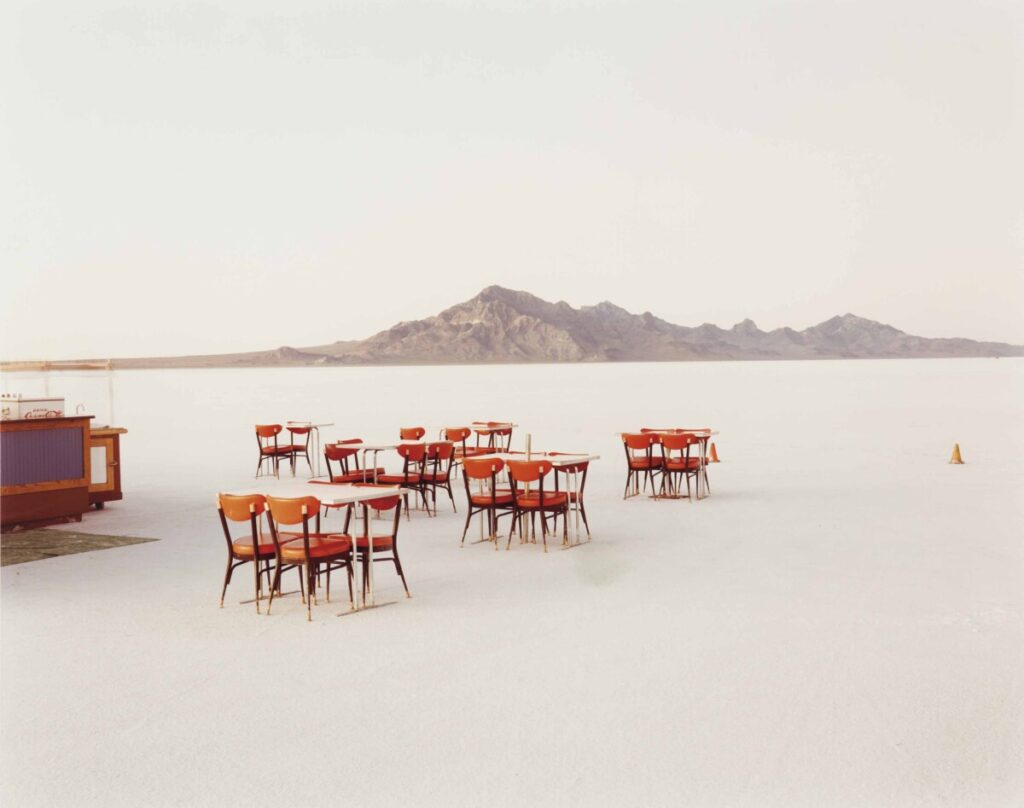
Richard Misrach 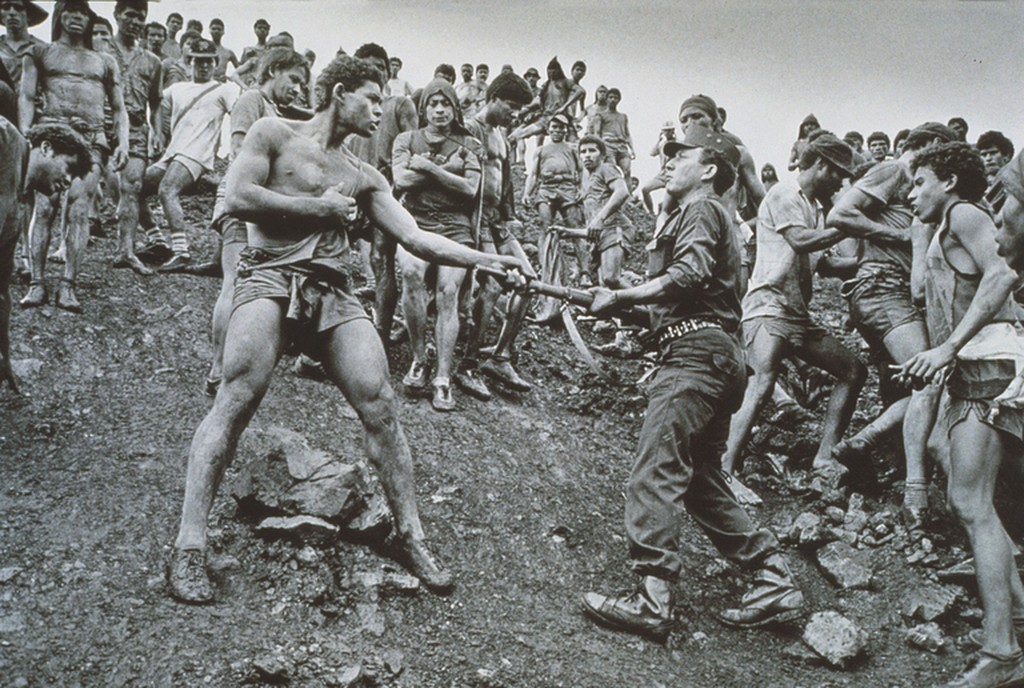
Sebastio Salgado
The depiction of space
Perspective-the representation of a 3-dimensional space on a 2-dimensional surface by converging lines, diminishing scale and/or atmospheric perspective.
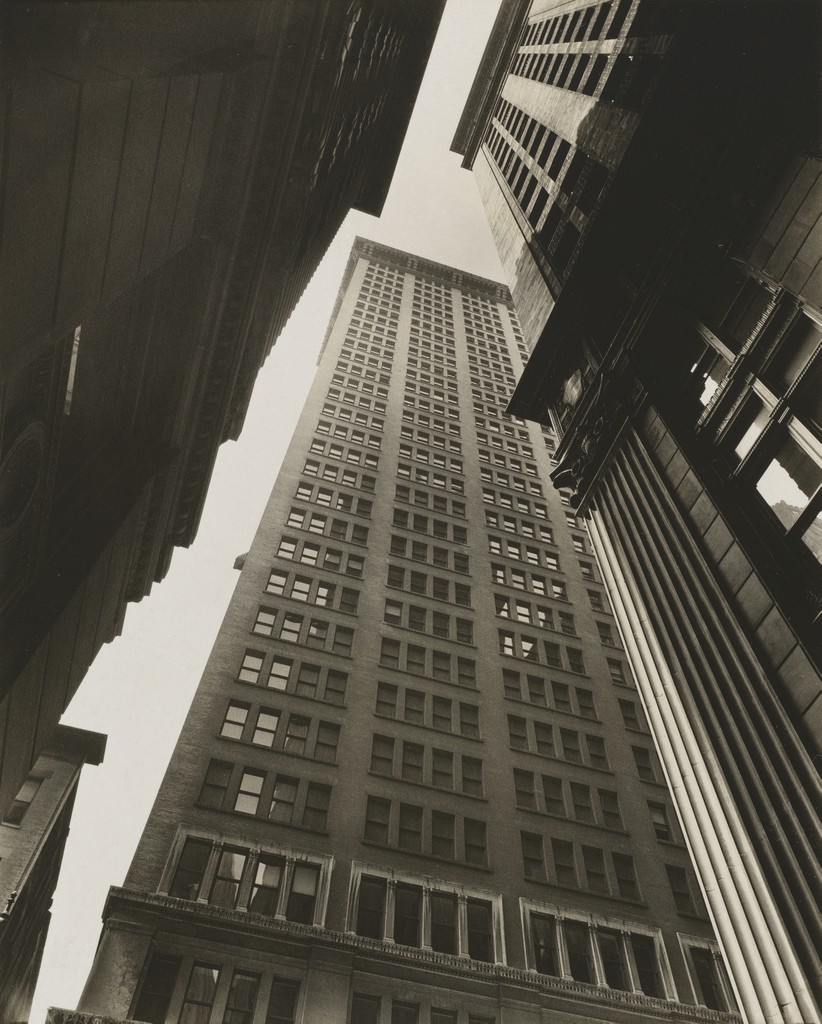
Photographer: Berenice Abbott
Sometimes photos combine perspective and depth of field.
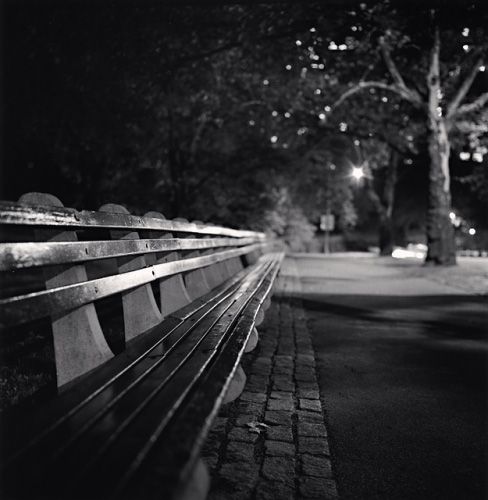
Photographer: Michael Kenna
How to control depth of field (with a camera)
These four factors control depth of field:
- lens aperture
- focal length
- camera-to-subject distance
- sensor size.
Aperture is the size of the opening that allows light to hit the camera’s sensor when the photograph is taken.
- Aperture values are expressed in numbers called f-stops. A smaller f-stop number means more light is coming into the camera and will create shallow depth of field. A larger f-stop number will let less light into the camera and create extensive depth of field.
- The full stops for aperture are: F2, f28, f4, f5.6, f8, f11, f16, f22, f3
Focal Length is the distance from where the light converges in the lens to the sensor. If it is a short distance then the lens is a wide angle lens and shows a lot of the scene. If it is a long distance, the lens is a telephoto lens and it magnifies the scene. Wide angle lenses create extensive depth of field while telephoto lenses create shallow depth of field.
Camera-to-subject distance is how far the subject is from the camera. If everything is far from the camera, it is easier to achieve extensive depth of field. If the main subject is very close to the camera and the background elements are far from the camera, it is easier to achieve shallow depth of field.
Camera Phones and Depth of Field
Camera phones have a fixed aperture. For example, the aperture of the iPhone 7 is f1.8. This is one of the things that makes cameraphones so good in low light. You might think this wide open aperture would make it easy to get shallow depth of field with a cameraphone. However, the other factors involved make it quite challenging to achieve shallow depth of field with a cameraphone.
When you look at a phone, you can see the challenge for focal length. Focal length is the distance between where the light converges in the lens and the sensor and there just isn’t that much space. Even for cameraphones, we use the size of 35 mm film as the standard when discussing focal length. So the iPhone 11 has three lenses that are the 35 mm equivalent of 13mm, 26mm and 52mm. Earlier phones with one camera have one focal length. If working with a camera phone with more than one lenses, use the telephoto choice to create shallow depth of field.
Camera to subject distance is the factor that gives you the most control of depth of field when working with a camera phone. To create shallow depth of field bring the camera as close as possible to the subject. Allow for some actual space behind the subject
It is the small size of the sensor that makes cameraphones so good at achieving extensive depth of field. It is also the main reason it is so hard to get your cameraphone to achieve shallow depth of field.
Sensor size-the smaller the sensor the easier it is to achieve extensive depth of field. Bigger sensors allow for shallow depth of field.
Bokeh-Bokeh comes from the Japanese word boke (ボケ), which means “blur” or “haze”, or boke-aji, the “blur quality.” Bokeh is pronounced BOH-Kə or BOH-kay.
— From http://www.nikonusa.com/en/learn-and-explore/article/h0ndz86v/bokeh-for-beginners.html
Lab Exercises
Optical vs Digital Shallow Depth of Field
Homework
Needed for class on Nov 10
- a small (6″ high or less) stuffed animal
- a window that provides bright light or a clamp light. You should be able to get one if you don’t have one at your local hardware store for around $10. If you don’t have a bright window to work with, a clamp light will make the rest of the semester better as it get colder and be harder to work outside.
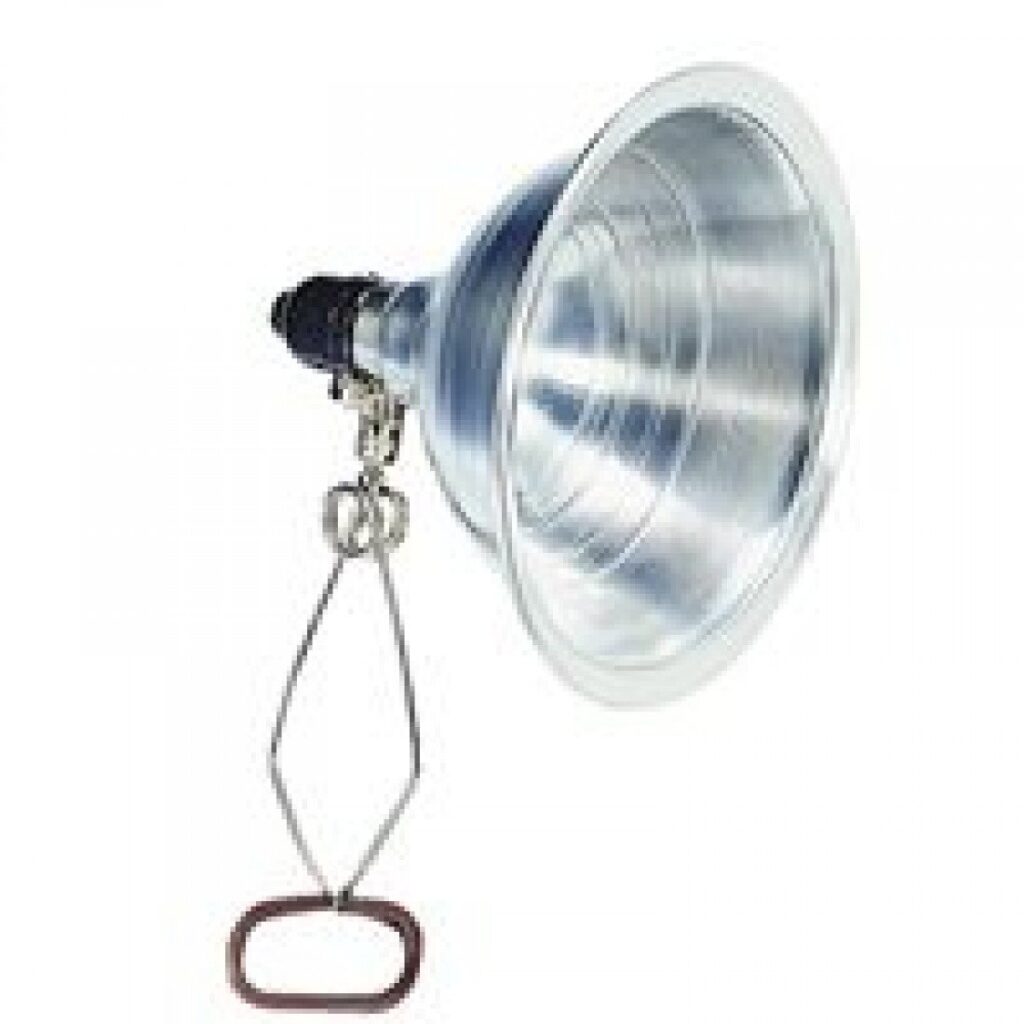




Leave a Reply